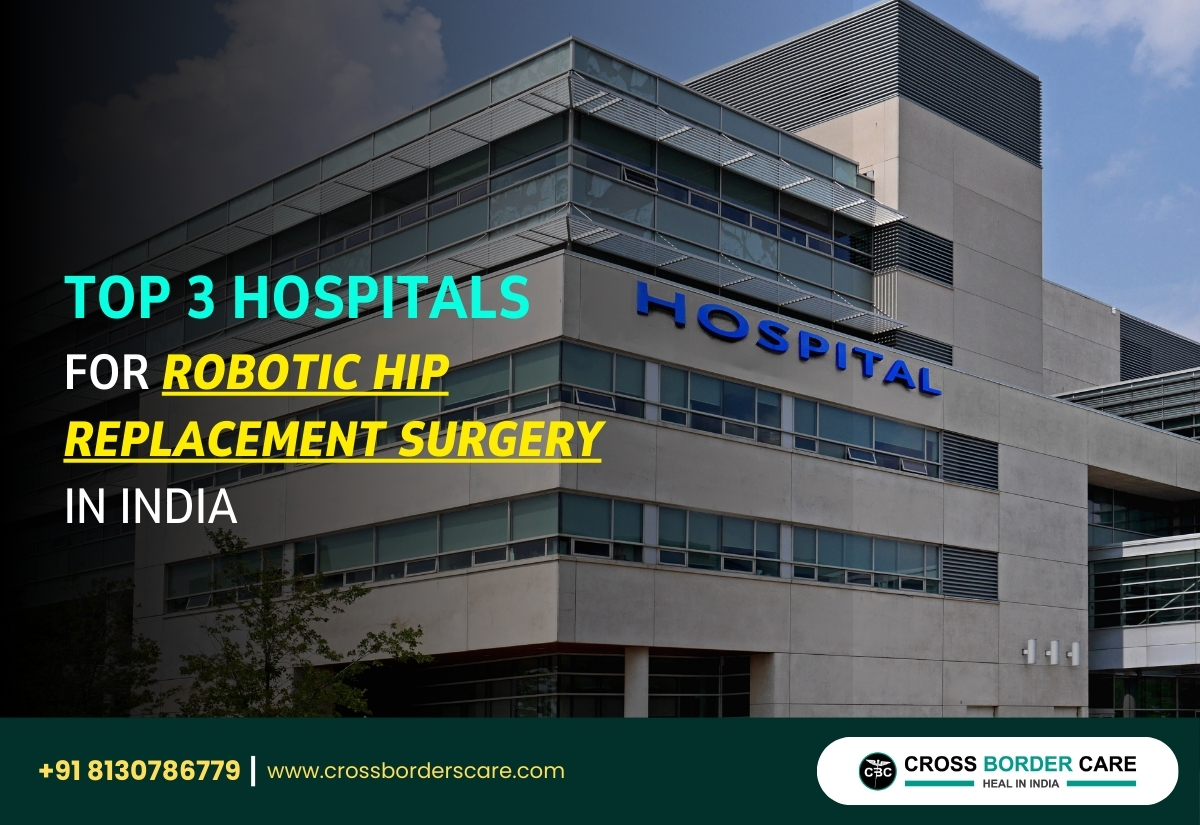Deep brain stimulation surgery brings a new ray of hope for people suffering from mobility issues. However, finding the right hospital in your region may be challenging due to different medical and other constraints. You’re at the right place if you’re searching for the top and best hospitals for deep brain stimulation surgery in India.
Cross Border ensures you do not need to master the medical field to find the best deep brain stimulation surgery hospital. We have conducted detailed research on the top available options for the best deep brain stimulation surgery hospitals in Delhi for local and foreign patients.
The carefully prepared and well-researched list of the top three hospitals based on their key offerings and exclusive features in deep brain stimulation surgeries.
Top Three Hospitals for Deep Brain Stimulation Surgery in India
1. Indraprastha Apollo Hospital
First on our list of the best hospitals for deep brain stimulation surgery in Delhi is the world-renowned Indraprastha Apollo Hospital. Headed by Dr. Sudheer Tyagi, an eminent neurologist popular for his work in neuroscience, the dedicated neuroscience center is a ray of hope for local and foreign patients.
Why Does Cross Border Recommend Indraprastha Apollo Hospital for Deep Brain Stimulation Surgery in India?
A dedicated team of neurosurgery professionals
It is home to a professional team of world-renowned neurologists. These medical experts have dedicated skills and experience spanning several decades in utilizing the most advanced technologies to treat patients seeking different treatments, like deep brain stimulation surgery.
Centre for neurosciences
This hospital has a dedicated Apollo Centre for Neurosciences to offer neuro healthcare for different issues, like deep brain stimulation surgeries, with international standards and within the reach of every patient. It coordinates with other departments, such as neuroradiological, medical, and neurosurgical, for comprehensive patient treatment.
Excellent clinical services, including deep brain stimulation
Indraprastha Apollo Hospital offers excellent clinical services covering deep brain stimulation for Parkinson’s disease, epilepsy surgery, thrombolysis, and botulinum toxin injection for neurological disorders. All these services are at par with the international medical standards.
Exclusive Features of Indraprastha Apollo Hospital for Deep Brain Stimulation Surgery in Delhi
| Sr. No. | Features |
| 1 | Availability of exclusive facilities for deep brain stimulation surgery. |
| 2 | Advanced imaging technologies include neurophysiology labs, PET scans, CT, and MRI scanners. |
| 3 | Team of expert neurologists with specialization in deep brain stimulation. |
2. Aakash Hospital
The next option on our list of the best hospitals for deep brain stimulation surgery in India is Aakash Hospital. The expert neurosurgeons at this hospital have successfully conducted deep brain stimulation surgeries for treating patients of Parkinson’s disease with uncontrolled Parkinson’s disease, patients suffering from medical side effects, and those developing on-off phenomena.
Why Does Cross Border Recommend Aakash Hospital for Deep Brain Stimulation Surgery in India?
Skilled and trained neurologists
This hospital has a dedicated team of India’s top neurologists, including Dr. Amit Srivastava, Dr. Pallav Kumar, Dr. Nagesh Chandra, and Dr. Raghav Samudrala. These surgeons have several years of experience in neurosurgery.
Emergency services for diagnosis and treatment of neurological crises
The hospital offers round-the-clock emergency services for quick and precise diagnosis and treatment of neurological care. Hence, patients can seek quick treatments in the event of any emergencies.
Equipped with all the latest neurophysiological tests
This hospital offers neurophysiological tests like ambulatory EEG, EEGm long-term, evoked potentials, EMG, and NCV. Hence, it becomes easy to provide precise diagnoses of different conditions like Parkinson’s disease.
Exclusive Features of Aakash Hospital for Deep Brain Stimulation Surgery in Delhi
| Sr. No. | Features |
| 1 | Comprehensive diagnostic and therapeutic neurology services to patients. |
| 2 | Trained and experienced team of neurologists, technicians, and neuro support staff. |
| 3 | Most up-to-date neurodiagnostic and neurosurgery technology. |
3. Medanta, The Medicity
Last but not least is Medanta, The Medicity, the ideal deep brain stimulation surgery hospital in Delhi. It has a dedicated neurology department with state-of-the-art facilities and offers world-class neuro care.
Why Does Cross Border Recommend Medanta, The Medicity for Deep Brain Stimulation Surgery in India?
Cutting-edge neurology diagnostic tools
The dedicated team of neurologists uses advanced neurology diagnostic tools for handling simple and complex cases of deep brain stimulation surgeries. Further, it offers advanced interventions and rehabilitation.
Innovative treatments for Parkinson’s disease
Medanta, The Medicity offers the best innovative treatments for different movement disorders and customized Parkinson’s disease. It adopts minimally invasive techniques for quick patient recovery.
Advanced technology for neurosurgery patients
This hospital houses some of the best advanced technology for neurosurgery patients. It covers navigation, 3.0 Tesla MRI, and 256 Slice CT.
Exclusive Features of Medanta, The Medicity for Deep Brain Stimulation Surgery in Delhi
| Sr. No. | Features |
| 1 | State-of-the-art patient monitoring and advanced therapeutic interventions. |
| 2 | Offers customized care for Parkinson’s and other tremor diseases. |
| 3 | Expert in physical therapy, medication, and deep brain stimulation surgeries. |
Final words
Cross Border promises to be the right solution provider for all the patients and guardians looking for the best hospitals for deep brain stimulation surgery in India. The well-executed list of the top and best three hospitals covers the famous Indraprastha Apollo Hospital, Aakash Hospital, and Medanta, The Medicity.
The details of all these three options, such as key reasons for their recommendation and top features, help you understand why our experts prefer these hospitals for deep brain stimulation surgeries in Delhi.













